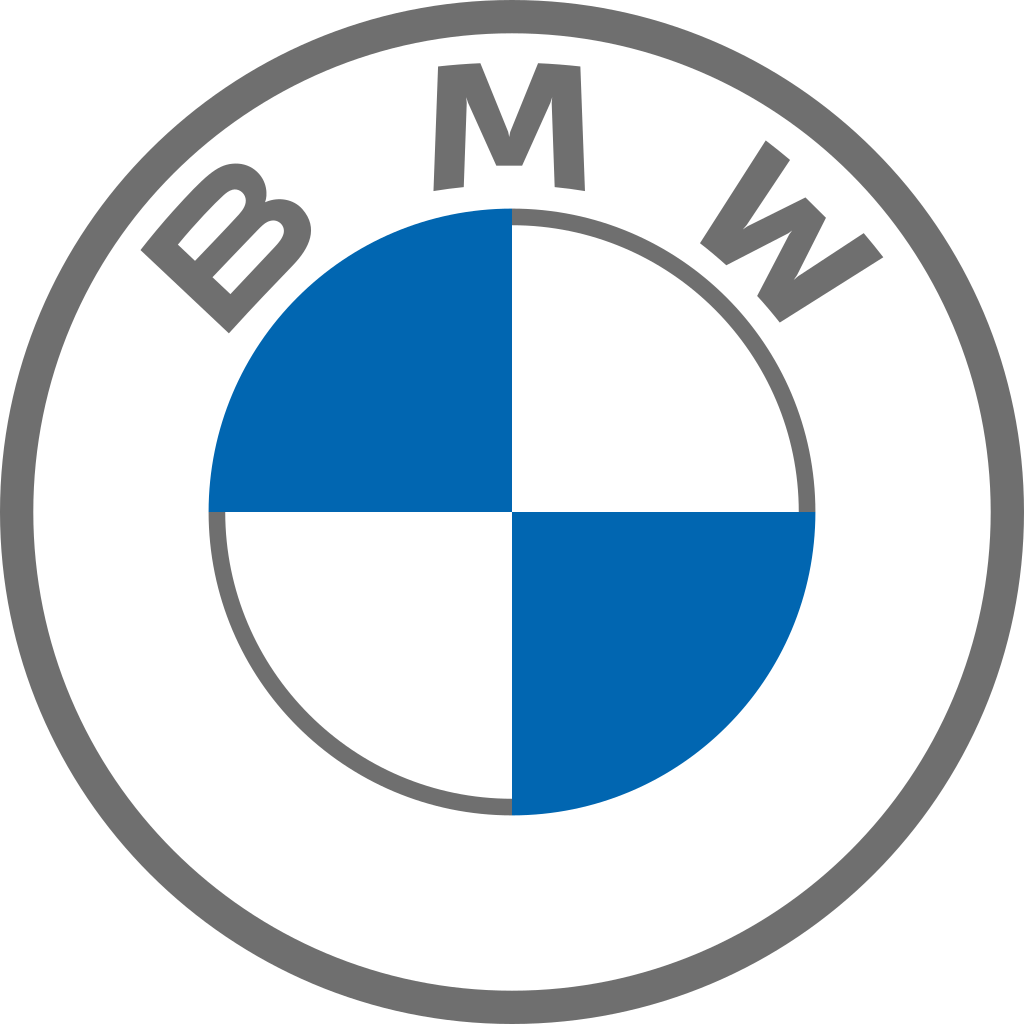
The BMW R12 and R17 are flat-twin engine motorcycles made by BMW Motorrad from 1935 through 1942. They were developed in 1935 based on the R7 concept of 1934. A few hundred R17s were made, ending in 1937, while the R12 continued through 1942, with a total of 36,008 produced.
The BMW R7 was conceived in 1933 by engineer and designer Alfred Böning, with an Art Deco mathematical geometric basis of his design. Only one R7 was ever made, which Böning disassembled and stuck away with design plans in a BMW warehouse. It was discovered more than seventy years later, in 2005. Hans Keckeisen in Munich began a restoration on behalf of the BMW Museum, completed 2012. After appearing in European bike shows, restored 1934 R7 was first shown in the US at the Pebble Beach Concours d'Elegance.
Böning's new hydraulic fork design of the 1934 R7 went into production the following year, in the 1934 R12 and R17.
On 14 February 1935, BMW presented the R12 together with the R17 on the German Automobile Exhibition in Berlin for the first time, being a direct successor to the BMW R11. This and the R17 were the first in the world being produced with hydraulically damped telescopic forks. By 1942, the total number of BMW R12 motorcycles manufactured was 36,000. For military purposes, the single carburetor Einvergasermotor was only available for the R12.
The engine, designated M 56 S 6 or 212, was a twin-cylinder boxer configuration - four stroke with a flathead design. The BMW R12 with two carburetors used a battery and coil ignition, while R12s with a single carburetor used a magneto ignition, capable of working independently from the battery.
The BMW R12 had a four-speed manual gearbox, operated by a hand shift lever on the fuel tank's right side. Several detail variations were seen in production. In common with most BMW Motorcycles, final drive was via shaft, with the drive shaft on the right side of the motorcycle.
Front suspension used a telescopic fork, while the frame was rigid with an un-sprung rear end supporting the final drive and a sprung seat for the rider. The R12 used drum brakes front and rear. Many R12's were equipped with a sidecar attached to the motorcycle's right side.
A BMW R12 is in the Museum of Military History in Vienna, in its original camouflage. In 2018, an American company created a modified BMW R nineT with a close resemblance to the original R7, showing the R7-inspired custom at several shows and museums, and selling kits or complete bikes to the public.
We are a leading provider of Engines and Transmissions. We have provided customers with an unbeatable Price,
Unmatched Quality and excellent Customer Service for 20 years.
We use only top quality re-manufacturers to supply our clients with professionally re-manufactured Transmissions. All of our transmissions have factory backed warranties.
All of our engines and transmissions are rigorously tested and inspected prior to shipping. This allows us to warranty your engine to keep your vehicle on the road for years to come.
We provide access to Salvage yards and auto part retailers for automotive engine and transmissions .
Looking For a Specialist
Please Contact Now
1800-385-3915
Looking For a Specialist
Please Contact Now
1800-385-3915

PAY SECURELY WITH
